Rewind to Issue #110 of Singletrack Magazine for our review of the Trek Fuel EX as part of the Big Names bike test.
Originally launched in 2005, the Fuel EX first emerged as a more practical version of the Top Fuel race bike, with 100mm of front & rear suspension and an upright riding position. In recent years however, the Fuel EX has grown longer and musclier legs. Just like the Specialized Camber, the Fuel EX has slowly gravitated away from its XC roots, adopting modern technologies and drawing from the bigger travel Remedy to produce a more technically competent trail bike.
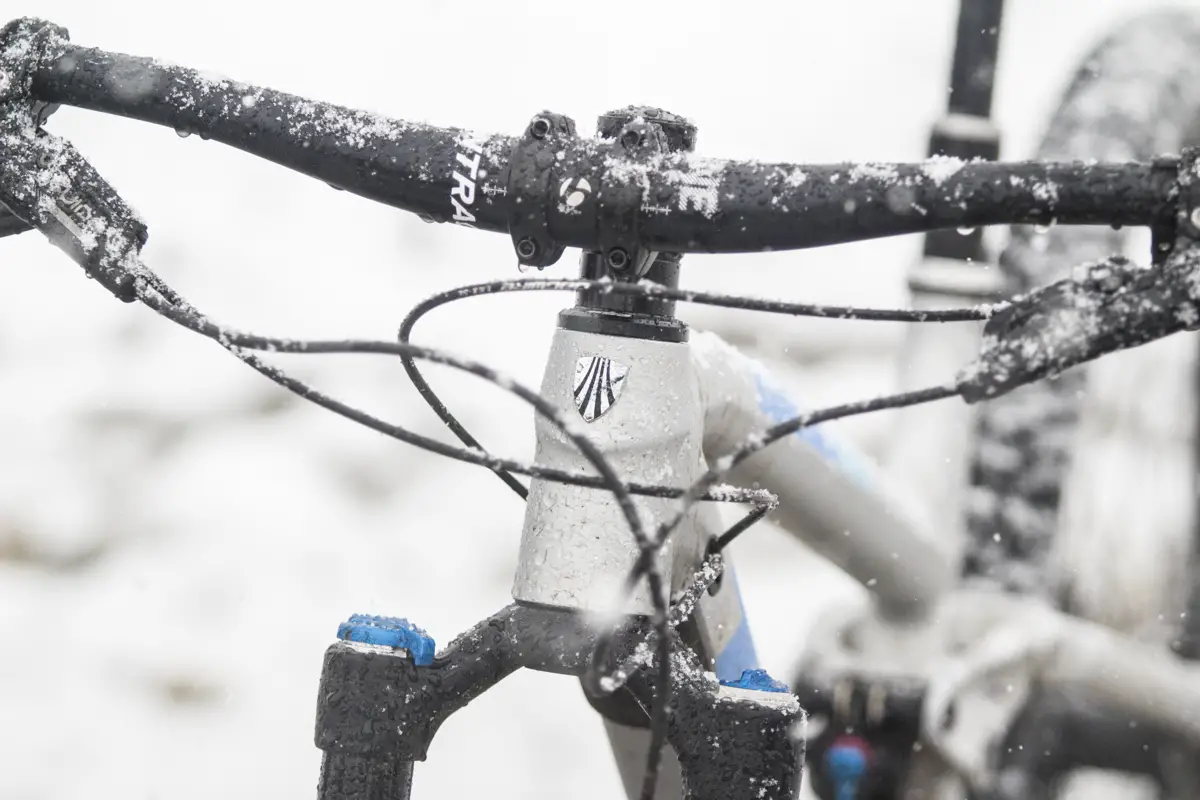
For 2017, the Fuel EX has been redesigned yet again. The new version is equipped with 130mm of travel front and rear, along with beefier tubing and slacker geometry. It’s available in both alloy and carbon frame options, and you can get it with either 29in or 27.5+ wheels. The frame is actually the same between the two, but a 140mm travel fork is utilised on the plus models.
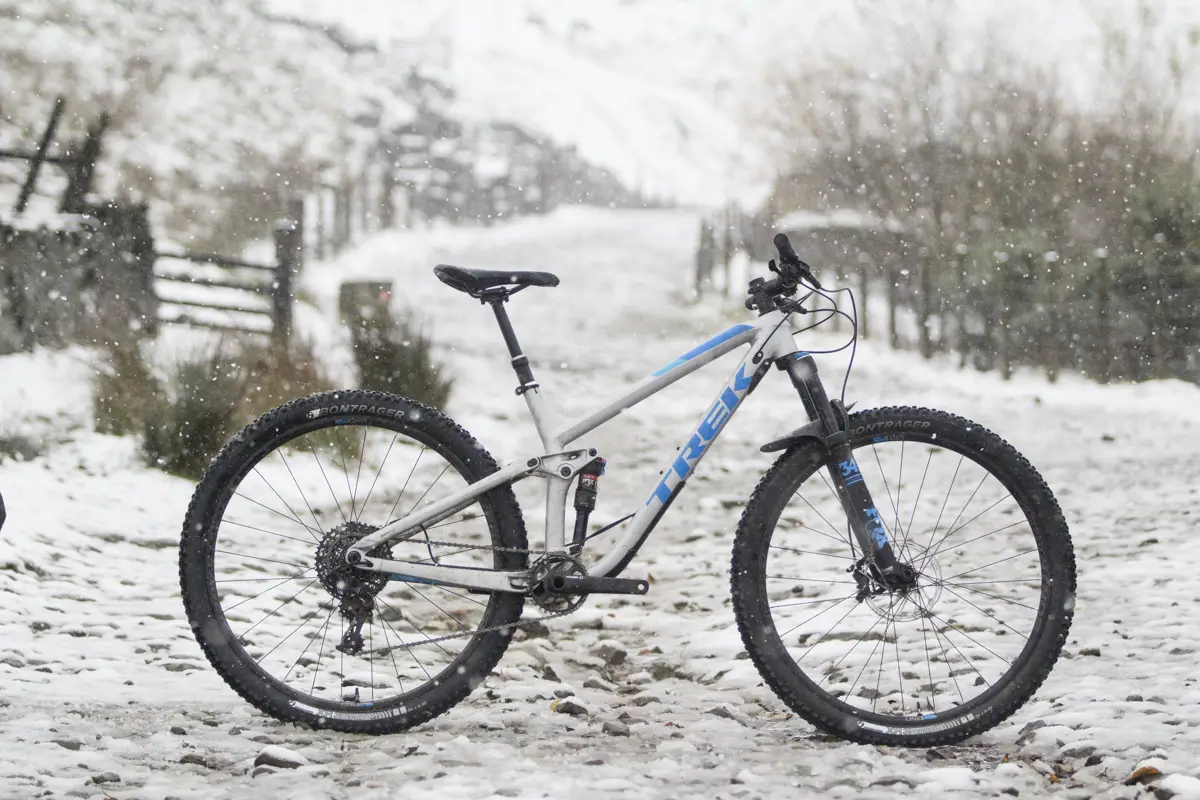
To increase frame stiffness, Trek has employed a huge downtube that takes a relatively direct route from the tapered head tube to the PF92 bottom bracket shell. Along with the Boost thru-axles and hydroformed tube profiles, Trek claims the new Fuel EX 29 is almost as stiff as the long-travel Slash 27.5.
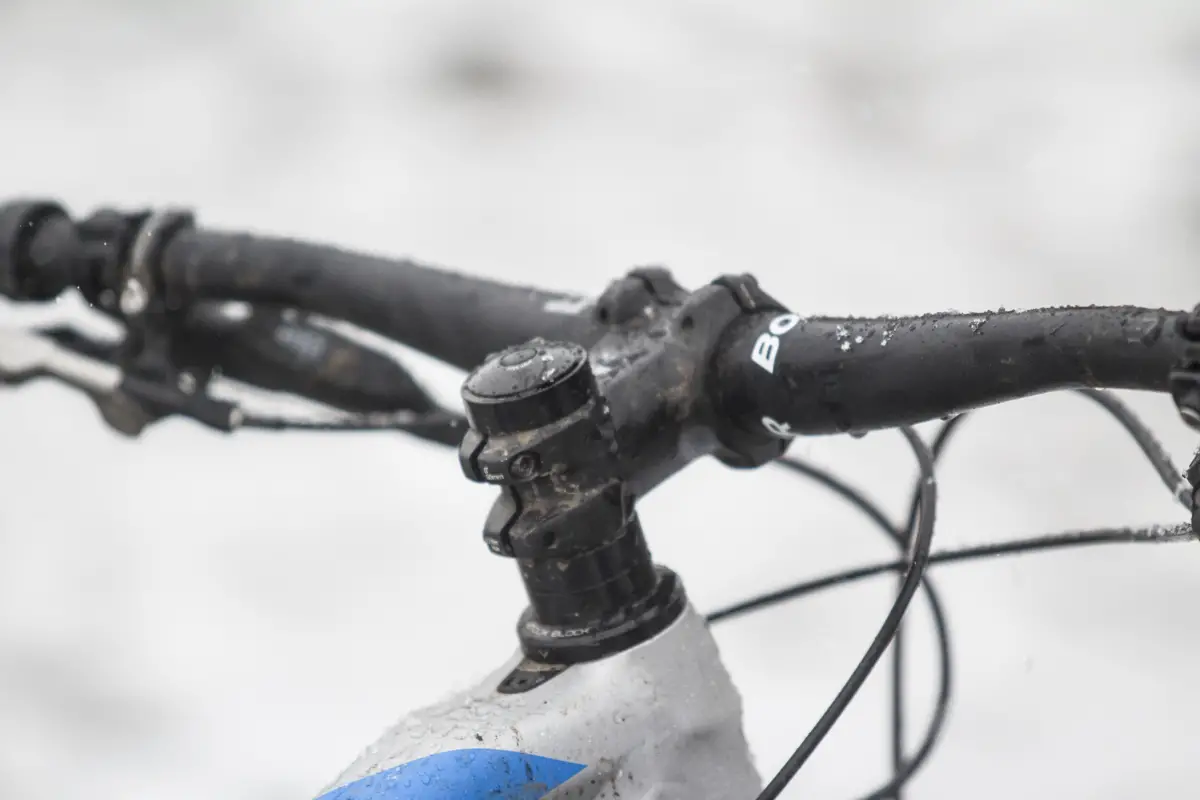
To prevent the fork crown from smashing into the straight downtube, a keyed headset has been used to limit handlebar rotation. Called the Knock Block, the special upper headset locks into the spacers and the stem to act as a single unit. Should the replaceable frame chip breakaway in the event of a heavy OTB experience, a rubber bumper behind the head tube acts as a secondary line of defence.
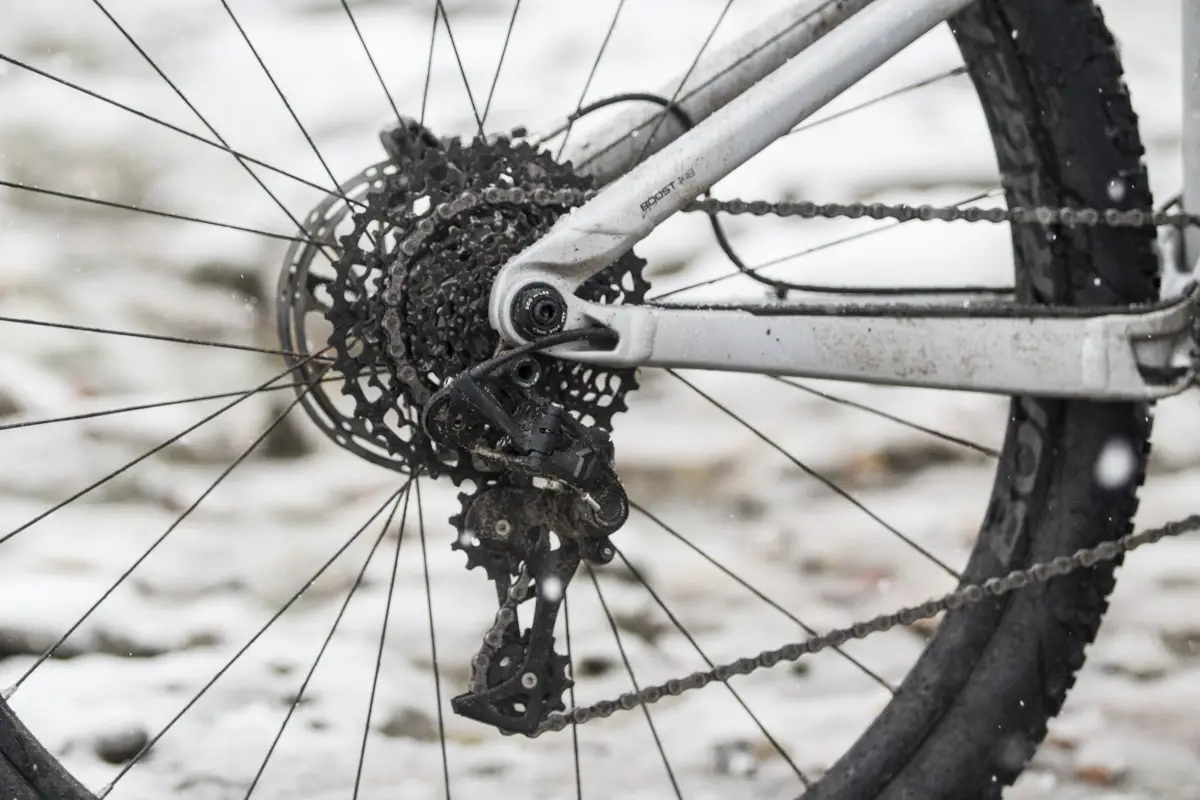
Out back you’ll find Trek’s ABP suspension design, which uses a concentric pivot around the rear axle, and a floating mount for the Fox rear shock. Gone is the DRCV shock from previous Fuel EX models, and in its place is a more conventional Fox EVOL air can equipped with Trek’s RE:aktiv damper.

The Fuel EX 9 comes decorated with parts from Trek’s in-house brand, Bontrager. That includes the new Drop Line internally-routed seat post, and 30mm wide Line Comp 30 wheels. These come with tubeless rim strips preinstalled, so all you need to buy is a pair of tubeless valves and some sealant, and you can ditch the inner tubes from the XR3 tyres.

The Ride
Out of the box, the Fuel EX required very little fettling. Trek has a handy suspension setup calculator available on its website, and to my surprise, the recommended settings for my weight were absolutely spot-on. Likewise, I only needed to drop the stem by one spacer and the fit felt comfortable straight away. Less fettling, more riding.

There are six frame sizes available in the Fuel EX, so instead of lobbing yourself into the usual Small, Medium or Large categories, choose a size based on the reach measurement. I went with the 450mm reach of the 18.5in size, which (confusingly) actually has a 17.5in long seat tube.
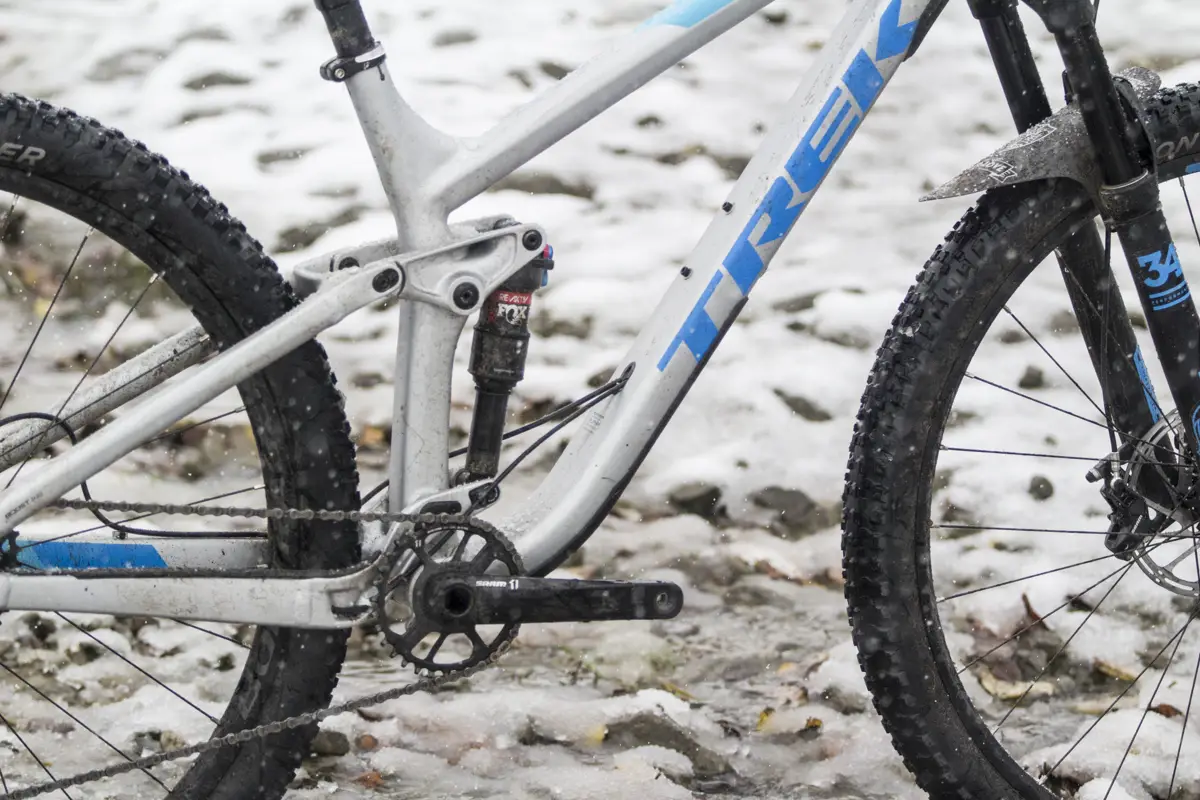
With 25% sag in the rear shock, and 20% sag in the fork, the Fuel EX feels buttery smooth on the trail. In the Open mode, the small-bump compliance rivals much longer-travel machines, dissipating surface irregularities with aplomb. Part of this sensitivity is the Full Floater linkage at work, but a lot of it also has to do with the large negative spring in the EVOL air can, which helps to ease the shock into its travel.

As the longest travel bike on test, the Fuel EX is also the heaviest. The weighty wheelset is most noticeable on longer uphill stretches, with the Fuel EX lacking the zip that the Giant Anthem exudes. On the other side of the coin, it’s a bike that you can properly monster truck on the descents, with a deep and bottomless feel to the suspension. Just let off the brakes, point the front wheel, and charge into whatever comes your way.
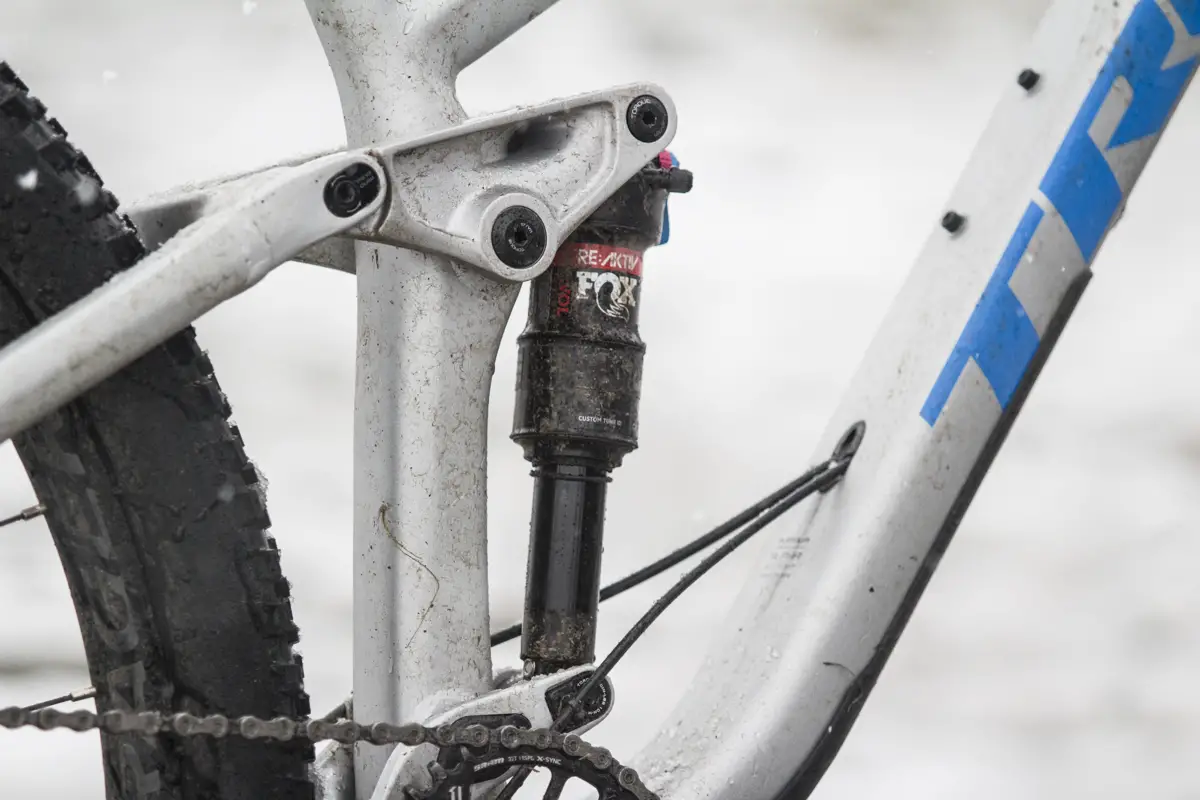
For added stability, the Mino Link can be flipped into the Low setting, which lowers the BB height and gives you a 66.5-degree head angle. In this setting, the Fuel EX is the only bike here that I’d feel comfortable lining up at a local enduro race with.
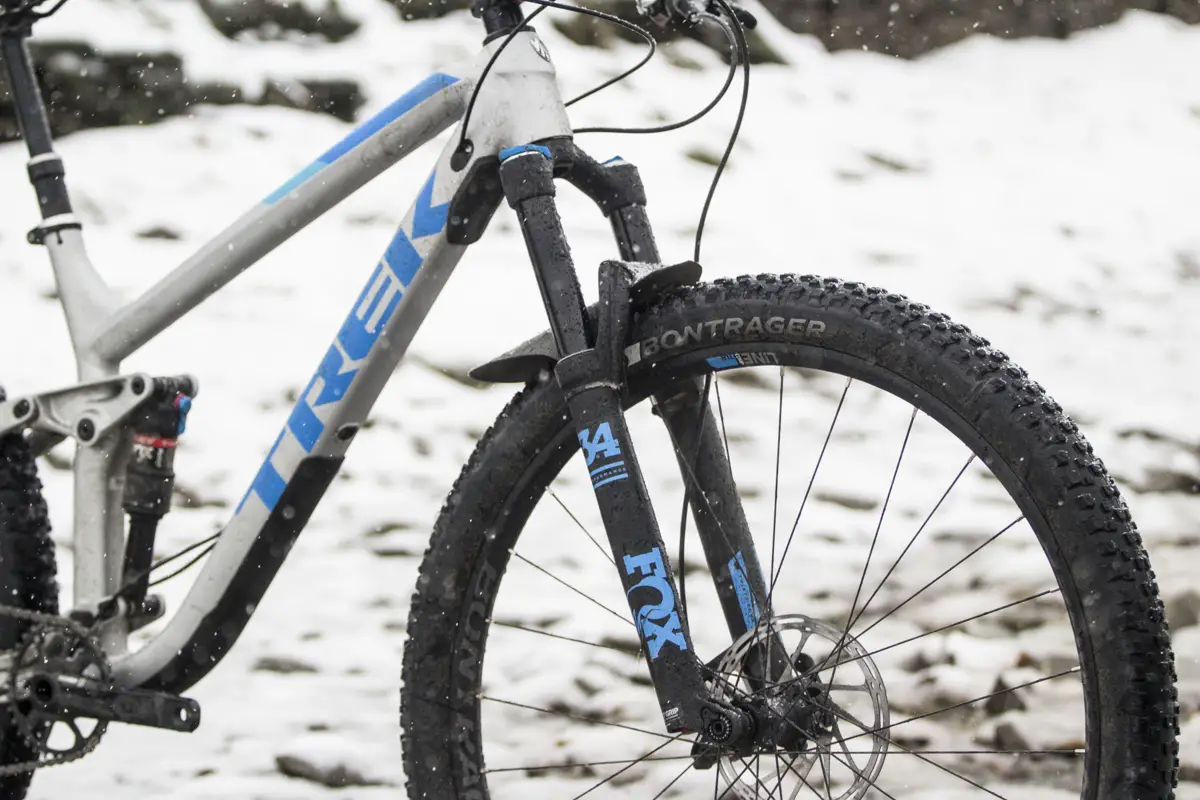
For most trail riding endeavours though, I actually preferred the added agility of the High setting with its 67.2-degree head angle and increased pedal clearance. Running the shock in the Medium position also helped to keep the shock riding higher in its stroke for technical climbing, with the RE:aktiv damper allowing for an impressively fast breakaway threshold.
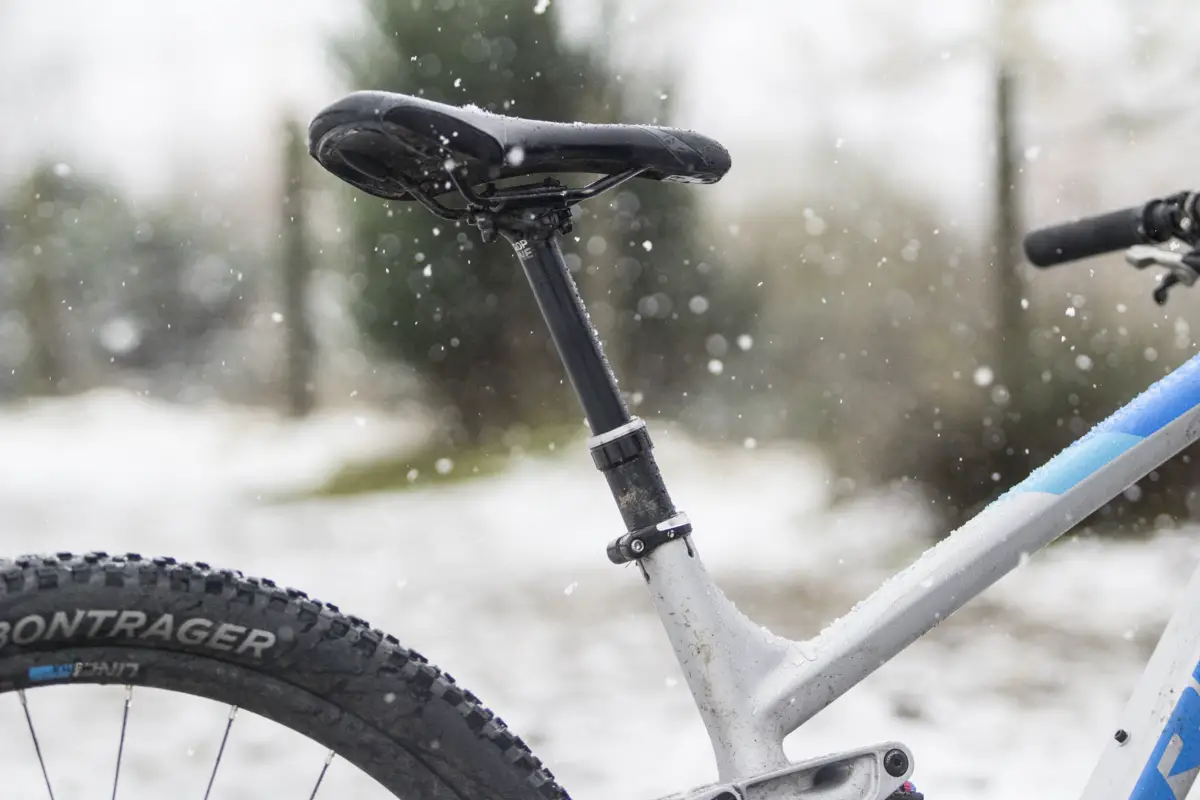
Unfortunately the seat post started to feel gritty after the first few rides, requiring significant force to compress. We also have two other Drop Line seatposts on test at the moment that are suffering from the same issue. Apparently some of the posts aren’t sufficiently greased up from the factory, and a bit of Pennine paste and water ingress is enough to cause issues with the main seal. The fix is a relatively easy strip down and clean, while packing the post with extra lithium grease in the process – your local Trek dealer will be your point of call if you encounter the same issue we did. That said, expect more routine maintenance if you ride in wet conditions regularly.
And while the internal cable routing looks clean, I found the cables rattled around in the downtube regardless. Likewise, the rubber frame armour is appreciated, but I wish they were bolt-on shields like what Specialized uses.
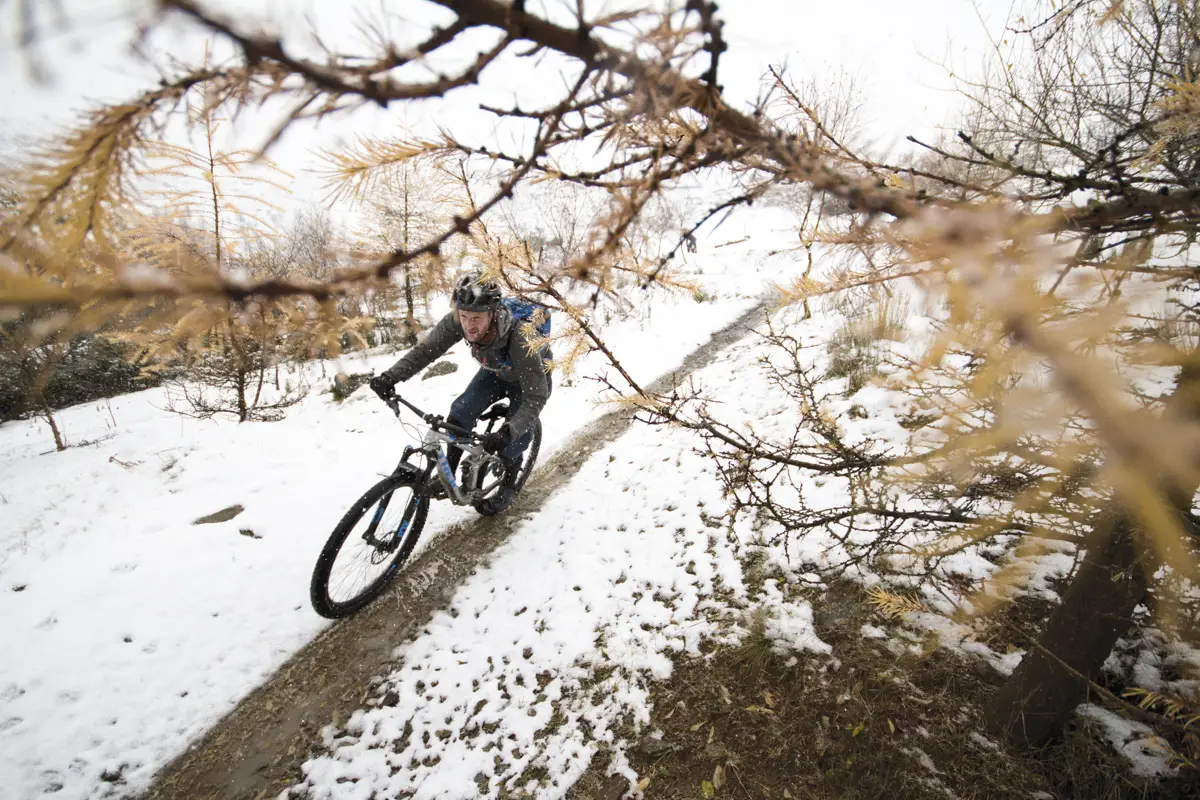
Overall
The latest Fuel EX is without doubt the most capable trail bike that Trek has ever produced. With a stiffer chassis, tight chainstays and low-slung geometry, it’s a thoroughly modern 29er that features a level of pop and playfulness that many riders wouldn’t associate with a big wheeler.
The beauty of the Fuel EX though, is that it manages this agility in a package with plush suspension and high-volume rubber that means you can dump it into rocky blown-out singletrack, and come out the other side unscathed. While it may have swung too far away from its XC roots for some riders, for growing your confidence and skills set, the Fuel EX is an ideal trail companion.

2017 Trek Fuel EX 9 29 Specifications
- Frame // Alpha Platinum Alloy, 130mm Travel
- Fork // Fox 34 Float Performance, 130mm Travel, Tapered, QR15
- Shock // Fox Float DPS Performance, EVOL, RE:aktiv Damper
- Hubs // Bontrager Line Comp 30, 110x15mm Front & 148x12mm Rear
- Rims // Bontrager Line Comp 30, 29in, 28H
- Tyres // Bontrager XR3 Expert 2.40in, Inner Strength Casing
- Chainset // SRAM X1 1200, 32t Chainring
- Rear Mech // SRAM X1, 11-Speed
- Front Mech // N/A
- Shifters // SRAM X1, 11-Speed
- Brakes // SRAM Guide RS, 180/160mm Centreline Rotors
- Stem // Bontrager Line, Knock Block, 60mm, 0-degree
- Bars // Bontrager Line, 750mm Wide, 15mm Rise, 9×4-Degree
- Grips // Bontrager RL Lock-On
- Seatpost // Bontrager Drop Line, 125mm Travel, 30.9mm
- Saddle // Bontrager Evoke 2
- Size Tested // 18.5in
- Sizes available // 15.5in, 17.5in, 18.5in, 19.5in, 21.5in, 23in
- Weight // 13.55kg (29.81lbs)






